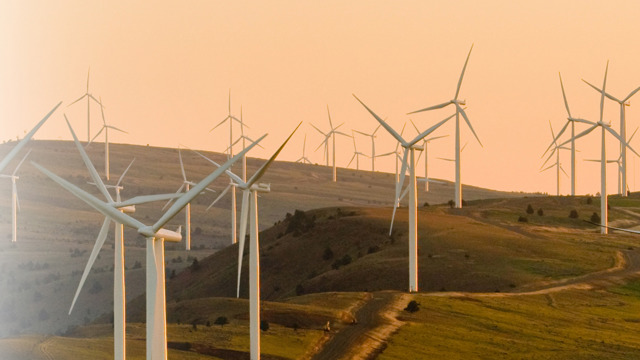The Fast-track Approvals Bill has been a controversial topic of discussion over the last year but can be expected to provide significant benefit for energy projects in Aotearoa New Zealand.
In this article, we consider how the Bill and amendments made through the Select Committee process will benefit energy projects and assist to increase the supply of renewable energy, contributing to Aotearoa's transition to a low-emissions economy.
Energy projects in the Bill
The Bill is to list 149 projects that may use the fast-track process immediately. Relevant to energy, these include:
- 22 renewable energy electricity projects made up of 10 solar farms;[1] 7 wind farms (including existing windfarms being re-powered to increase their generation);[2] and 5 hydro schemes (including existing generation being reconsented);[3]
- 2 Transpower energy infrastructure projects located in Wellington (including replacing the Cook Strait electricity cable); and
- 2 coal mining projects.[4]
It is expected that other energy projects will seek referral under the Bill (once passed).
Key benefits for energy projects
The Bill provides greater flexibility and beneficial timeframes for applicants to consent and implement energy projects.
- Narrow ability to decline applications. There are narrower powers under the Bill to decline an application (compared to the Resource Management Act 1991 (RMA)). A decline must occur for an ineligible activity.[5] But for eligible activities, a decline can only occur where the adverse impacts are sufficiently significant to outweigh the Bill's purpose – even after a panel has considered setting conditions in relation to those impacts. This will likely be a high bar.
- No merits-based appeals. Applicants (and other persons such as a local authority) can only appeal a panel's decision to the High Court on a question of law. This (and a panel's narrow ability to decline applications) is expected to speed up the consenting of energy projects in Aotearoa.
- Repowering energy. The Bill recognises the continued functioning of existing regionally or nationally significant infrastructure can be referred under the Bill. This provides assurance that the repowering of wind farms, for example, will not be excluded from the fast-track process.
- Staging of projects. Currently staging of projects is limited to referred projects. While these projects must meet the regionally or nationally significant test for each stage of the project, it is likely staging will provide energy projects with critical time to develop infrastructure in the context of other constraints (e.g. funding, grid connection). It is currently unclear if the Government will extend the ability for projects to be staged to those that are to be listed in the Bill.
- Extending lapse periods. A panel is now able to specify (beyond a 2-year minimum) the date on which the consent lapses. If no date is specified, the general lapse date is five years after the consent's commencement date (like under the RMA). The ability to have longer lapse dates (compared to earlier fast-track processes) will be particularly useful for energy projects deciding whether to use the fast-track process while also lining up funding, grid connection and other works.
Next steps and further reform
The Bill passed its second reading on 13 November and is at the Committee of the Whole House stage of the parliamentary process. It is anticipated that the Bill will have its third reading shortly with it expected to come into force before the end of the year.
Other regulatory changes are on the horizon that are also expected to benefit energy projects.
- The Government is expected to consult on a new National Policy Statement for Infrastructure to facilitate the consenting of a range of energy projects, alongside other new and amended national direction in early 2025.
- The Government is anticipated to introduce a further Resource Management Amendment Bill in late 2024 with key changes to support renewable energy projects. Keep an eye on this space.
If you would like more details on fast-track generally, see our earlier Insight article here. Otherwise, please get in touch with one of our experts if you would like to discuss the above.



